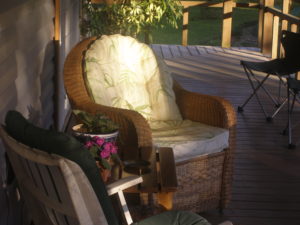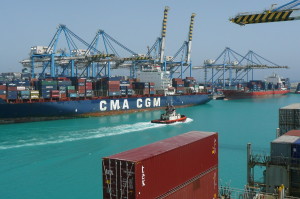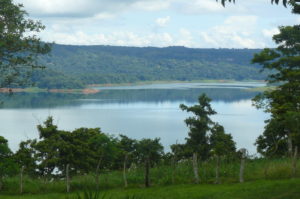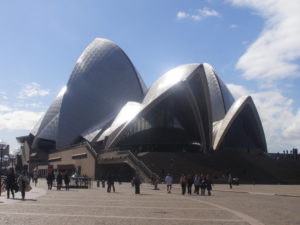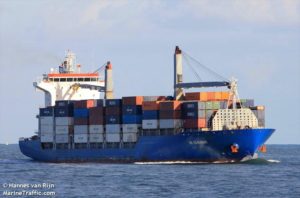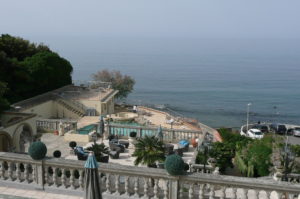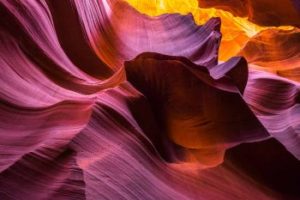 Lower Antelope Canyon, photo by David Webster Smith
Lower Antelope Canyon, photo by David Webster Smith
On a trip to the famously photogenic Four Corners, a traveler chooses to leave her camera behind.
How many of us have thousands upon thousands of trip photos on our hard drives, waiting to be sorted and shared? And who among us hasn’t wondered, in this age of any and all images available at the click of a mouse, why bother to take pictures at all?
On a recent trip to the outrageously scenic Four Corners, I chose to leave my camera behind.
Without a machine clamped to my face, I figured, I would have time to think and write. And sketching with sentences would give me something to do while my traveling companion set up his shots.
* * *
“The guy in Escalante is deluded,” says David, my fellow traveler, one warm October afternoon at Calf Creek Falls. “That definitely wasn’t the most beautiful waterfall in the world.”
I have to laugh. We’re on the return hike from an idyllic falls in southern Utah. We splashed in the pool at the base of the 200-foot cascade, mist hydrating our sun-cracked skin. While maybe not the most beautiful in the world, the falls had looked and felt pretty damned good.
David’s vision may have been colored by the fact that for the better part of an hour he’d fiddled with his camera, trying – and failing, in his estimation – for the silken effect of falling water caught on a long exposure. My vision had been colored, too, by the roar of the falls, cool water on chafed feet, the smell of sunscreen and the chatter of other hikers claiming 20-minute miles. I recorded my impressions not with a camera but with pen and notebook pulled from my day pack.
David tried to stop time, to freeze flowing water. I tried to extend time and expand focus, searching for words to convey the beauty but also noting context, like that we’d arrived in a deserted clearing but left behind a group of more than 40, including 23 hikers of a certain age on a Road Scholar tour of the Southwest. In my notebook I described the vertical stripes of desert varnish and the Fremont granaries tucked high in alcoves, but I also posed questions. (Can you do that with photos?)
What does it say about us, for instance, that of the dozens of people arriving at the falls, the vast majority did one thing: pulled out a camera, first thing, before even turning to a companion to share the moment?
In the face of this overwhelming tilt towards the visual, another question arises: what can writing do that photos can’t? Why photograph, or describe in words for that matter, landscapes that have already been nailed down by hordes of fellow travelers? (Google Calf Creek Falls for a small taste.) Is beauty diminished by having to share it with crowds of people, as if each gaze leeches away a little bit of the gorgeousness?
In the Southwest, there may be enough gorgeousness to go around. The variety is astounding, and often seen in the same landscape. A scrubby plain falls away under your feet, exposing the steep-sided howl of a canyon. Palisades jut skywards. Mountains are the buried rib bones of a fallen giant, exposed by wind.
Some places are especially crazy. Think of all that water can do – swirl and eddy, surge and crest and crash – then imagine rock doing all that, but caught mid-action. If you judge by geological time, the rock actually is in motion. It’s only in our split second of human time that we see the landscape as static. We make it even more so with photos, grasping at a permanence that doesn’t really exist.
At the end of Desert Solitaire, when he’s leaving the Southwest for New York City, Edward Abbey writes, “Five hundred and sixty tumbleweeds roll toward the horizon, herded by the wind; may they, too, never come back. All things are in motion, all is in process, nothing abides, nothing will ever change in this eternal moment.”
But we want the eternal moment to abide, and the timeless furniture of that moment is there for us to try to capture: peaks and domes and spires and Seussian hoodoos, in colors that come especially alive at sunset and sunrise. Comb Ridge rears up like the 100-mile spine of some prehistoric lizard. East of sunset-hued Capitol Reef National Park, ashen monoliths look like where Darth Vader has his summer home. Loopy hieroglyphs — ATV tracks — scar barren foothills. Irrigation makes for the occasional neon green field hemmed in by red rock sentinels. Towns huddle in the shadow of cliffs scrumptious with lollipop swirls of color. Dirt and gravel tracks lead who knows where, branching off from curving one-lane highways. Up at 9,000 feet, the sun supernovas though aspen leaves quaking like sheets of gold leaf.
Did I stick to my no-photo plan in the face of such splendaliciousness? Not exactly. I pulled my phone out more than once to snap shots of scenes I didn’t have the time or inclination to get down in print. Try describing the landscape as it’s whizzing by outside your rental car window. Sometimes you just have to snatch away an image, however blurred or partial.
But is that so terrible? I’m not sure. I do know that at its heart – and despite Facebook and Instagram privileging one over the other – the photographic impulse is not so different from the desire to describe a scene in words.
Both are attempts to hold on to beauty. Even more, both are tools to let us sift through a world that’s far too big and varied to take in at a glance. Whether we chose to hone our gaze by narrowing down in words or images, both methods let us see more deeply, if less widely.
The process is the same whether we’re using camera or words: focus, capture, edit and enhance. Sharing is the final step, whether it gets you a “like,” a nod, or nothing.
They say that travel broadens us. The vacation frame of mind lets in more than our workaday blinders. But that very broadening calls for a way to focus and take hold. Trying to get even a fraction of it down in words or pictures is not just a grabby exercise; it’s a way of going deeper, of really noticing, and of doing the processing work – both mental and technological – to help make sense of this crazily beautiful world we pass through all too briefly.
A version of this article appeared in the Santa Rosa Press-Democrat.
Erin Van Rheenen writes travel narratives, profiles of prisoners, philanthropists, scientists and filmmakers, and fiction in which place is as important as character. She has won awards for her fiction and nonfiction, worked as an editor and staff writer, and taught in high schools, universities, and at the San Francisco Women’s Jail. She is also the author of Living Abroad in Costa Rica. See more of her work at http://erinvanrheenen.com



